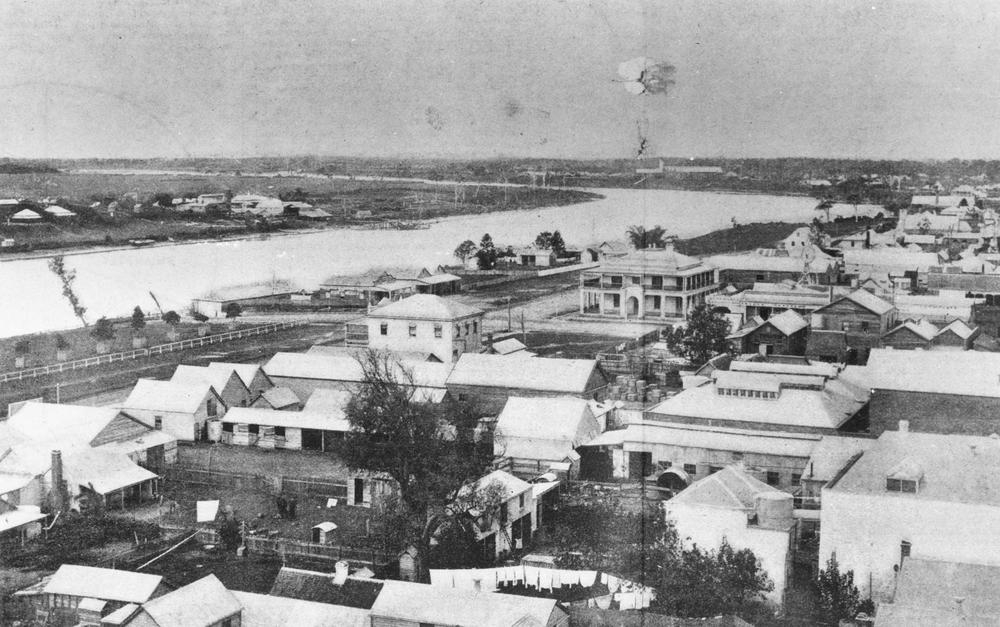
Step back in time and see how Bundaberg appeared to visitors in 1895.
These are the oldest photos from Bundaberg in the State Library of Queensland digital collection, sourced from newspaper and magazines the Sydney Mail and New South Wales Advertiser, and Pugh’s Almanac.
The Sydney Mail described Bundaberg as “a seaport and municipal borough on the Burnett River, 222 miles north-west of Brisbane, with a population of 4000 persons. It is the centre of a rich sugar-growing and agricultural country, which sustains in comfort nearly 15,000 people.”
Some interesting snippets from the report:
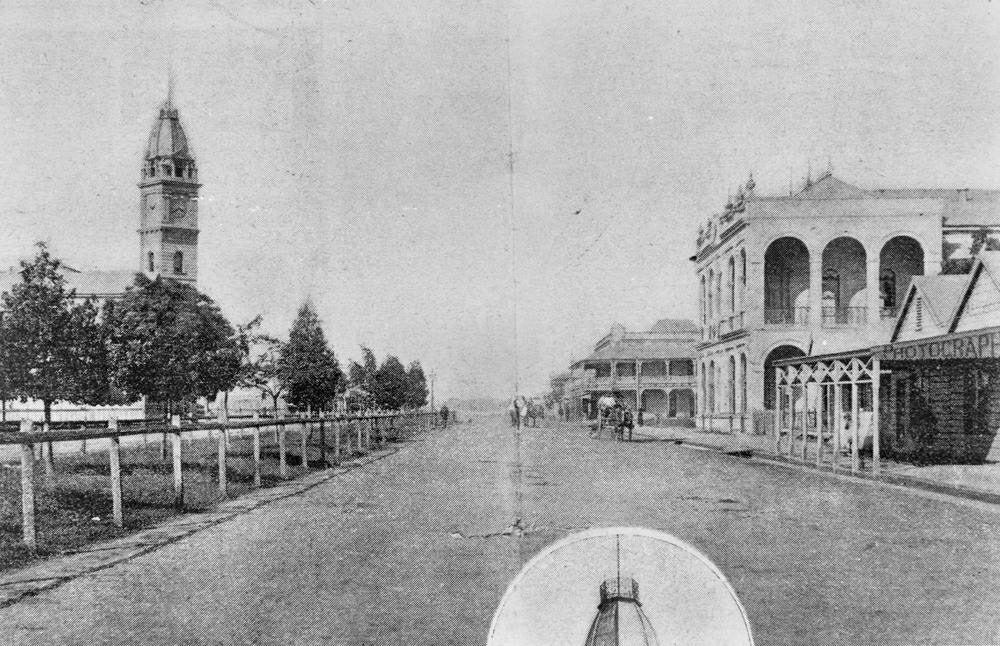
- The superior geographical position of the south side forced settlement to it, aided by the channels of trade being in its midst and the partial opening up of the vast and seemingly impenetrable jungle called the Woongarra Scrub.
- As far back as 1870 the suitability of soil and climate on the alluvial flats for cane culture had been demonstrated, but the red volcanic soil was viewed with suspicion, and left to maize and pumpkins. A scientific expert stated officially that the Woongarra soil would not produce sugar, although the cane might come in useful for cattle fodder! Happily his opinion was brushed aside, and many agriculturists plunged into cane cultivation.
- A Chamber of Commerce, Planters and Farmers’ Association, Agricultural and Pastoral Society, Anti-Chinese League, Kolan, Gooburrum, Woongarra and Barolin Divisional Boards were established.
- The streets are well formed, the principal one running parallel with the river. Bourbon Street, the main thoroughfare, has a pre-possessing appearance, being two chains wide. In it are to be found most of the principal buiidings.
- Several good hotels add to the street dignity of Bundaberg, such as the Royal, the Grand, the Metropolitan, the Federal, and others. Bundaberg also possesses a good theatre, capable of seating 500 persons, besides a number of halls and a Masonic Hall. The town is clean and municipally well governed.
- Bundaberg is in direct communication with New Caledonia, the cable having been successfully laid some two years ago.
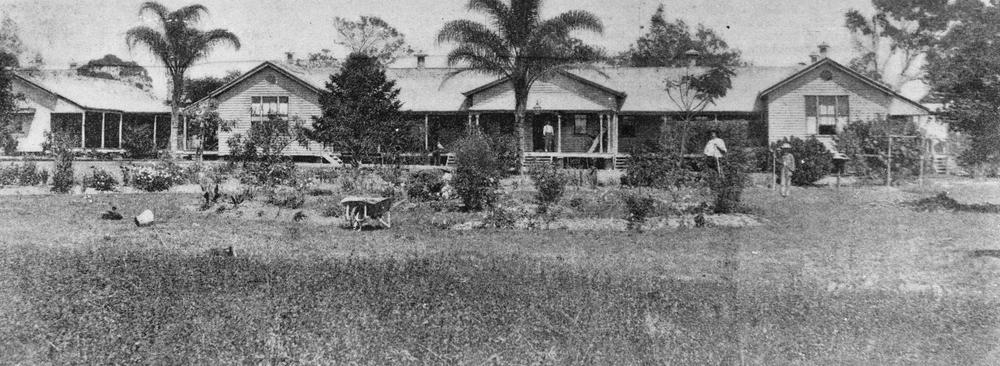
Thanks to the Sydney Mail and New South Wales Advertiser we have these descriptions of Bundaberg 1895.
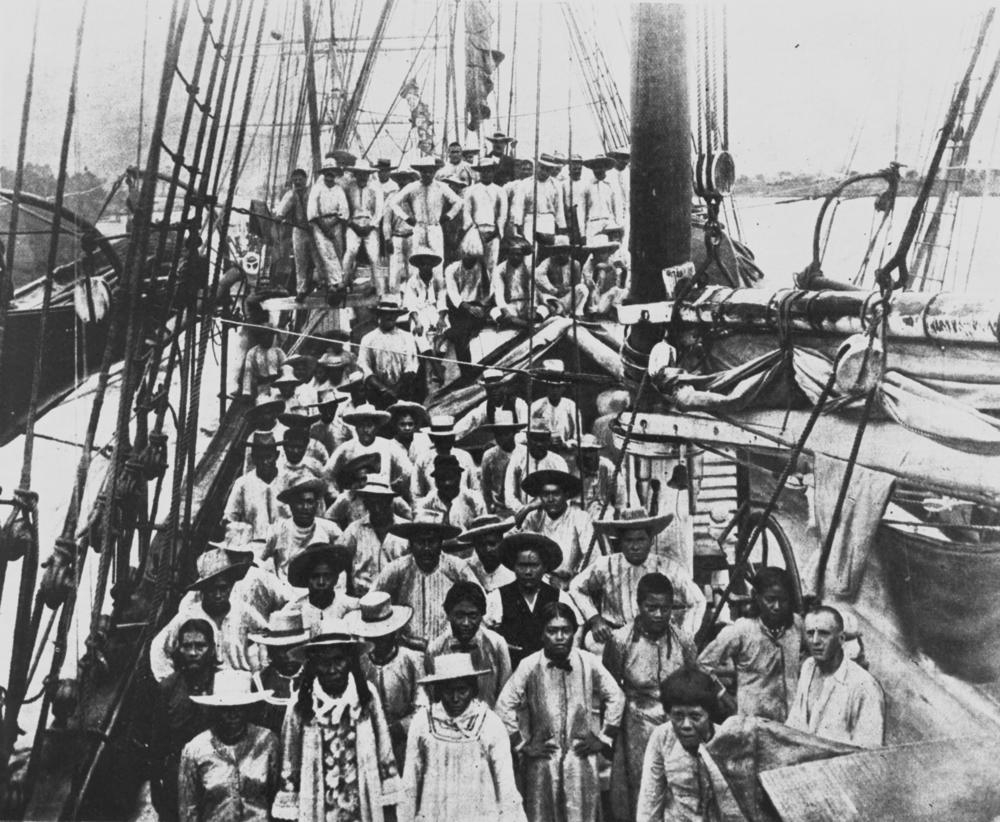
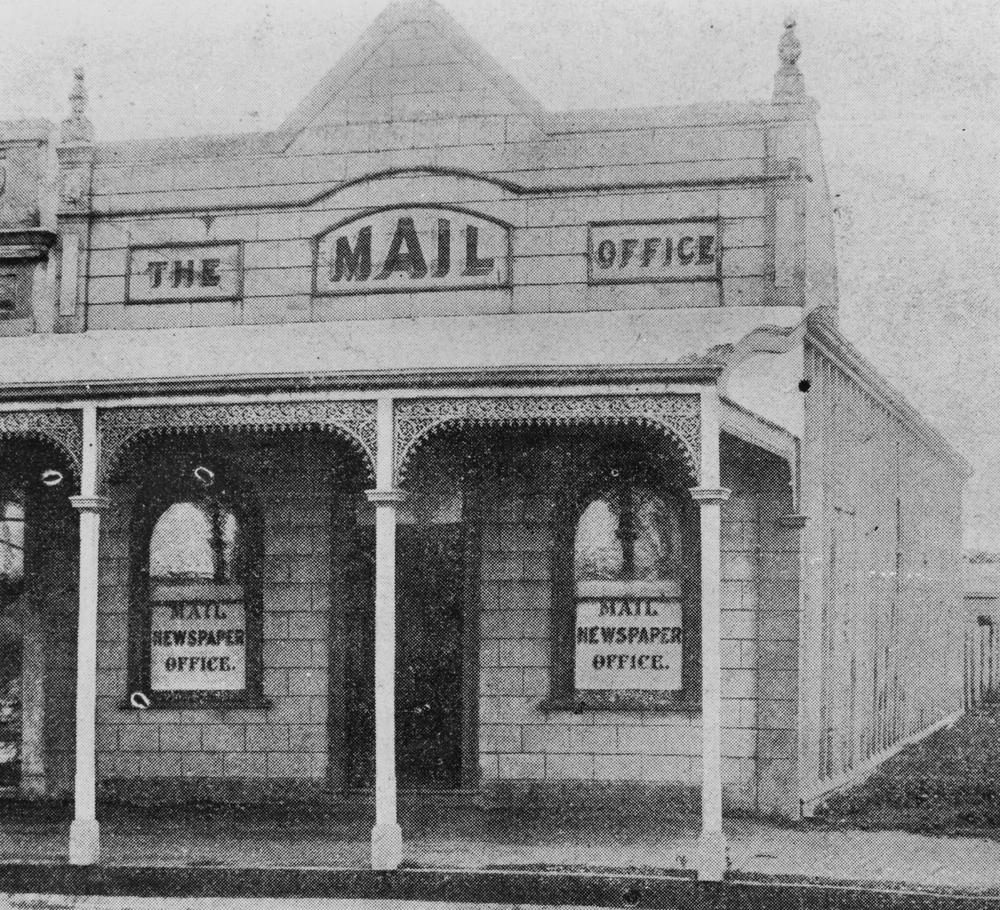
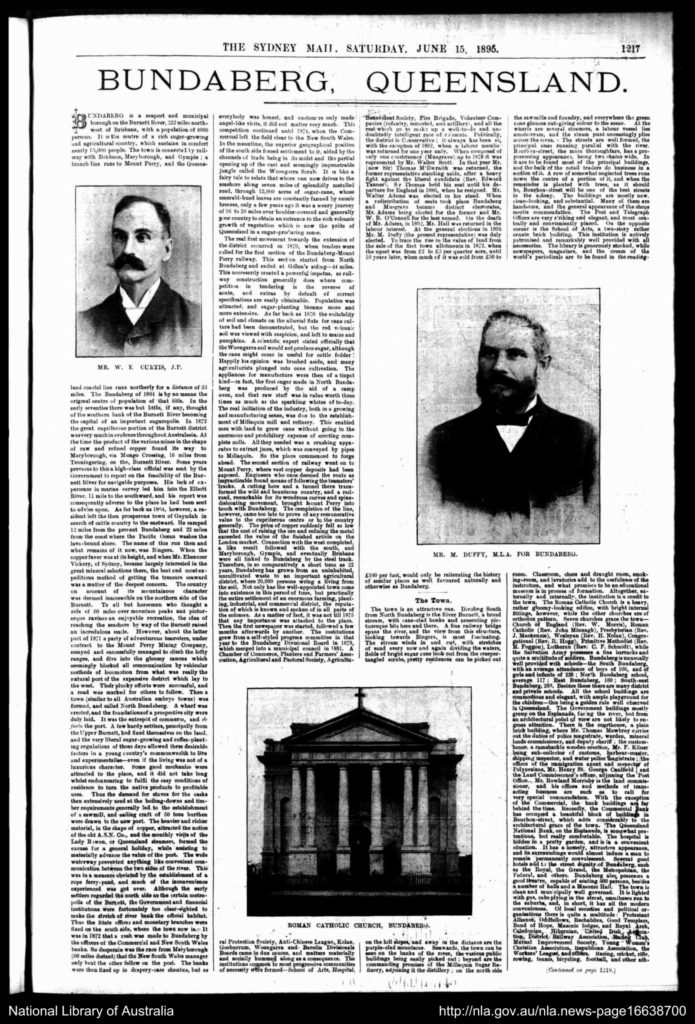
- Other news: Colour and care key at Fairymead House





Notice how much the mangroves and silt have blocked half of the width of the river near the mill. This is the primary bottleneck to the flow that causes the major flooding. You can see it clearly in aerial pics today.
There had just been three major floods in the previous five years. That might help explain the lack of mangroves.
The other more relevant contributing factor is probably Ben Anderson Barrage which reduced the total flow through the town reach by over 80% causing massive fine particle siltation (mud).
It should never have been allowed to be built and it should be removed a much more creative solution put in place.
Our house was built in 1888 by Bundaberg’s first brewer (beer) and would have been a new build back then!